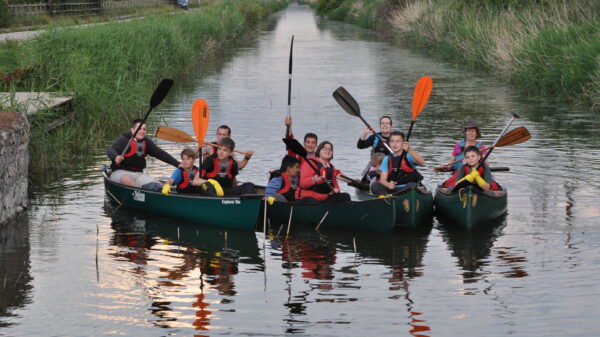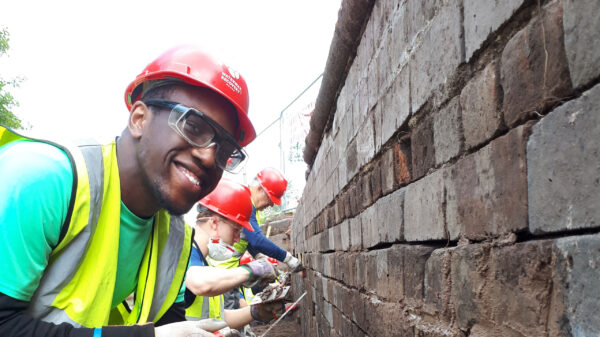History
Envisaged when England was at war with France, the Canal’s purpose was to cut the journey time between the Woolwich and Chatham dockyards. It was a much safer route than out into the estuary as Britain was then at war with France. It was wider than many canals (dimensions 80 foot x 19 foot, with a draught of 4 foot), being suitable for Thames Barges. The Strood to Higham Tunnel was the largest on the network and the second longest before a midway passing place was cut. For more about the tunnel, check out our feature on canal tunnels.
The Canal was purchased by the Gravesend and Rochester Railway and Canal Company in 1845, who converted the portion of the canal running through the tunnel for their railway. A year later this company was absorbed into the South Eastern Railway Company. The Canal remained in use from Gravesend to Higham, with two locks up from the Thames, but no longer a through route to Rochester and the River Medway, the canal was little used and operations ceased entirely in the 1930s.
In 1975, IWA decided that the Canal and Gravesend Basin should become part of the waterway network and benefit from the waterway restoration effort that was enveloping the country in the 1970s. So, in September of that year a Rally of Boats was organised. Activities took place on the Gordon Promenade and the Canal Basin and dignitaries, politicians, reporters and several hundred local residents attended the festivities. A brochure was produced and a rally queen crowned. As a result of the interest engendered, the Thames and Medway Canal Association was founded in February 1976. The Thames and Medway Canal Association will celebrate the bicentenary of the Canal’s completion in 2024 and it remains the only commercial canal built in the county of Kent.



